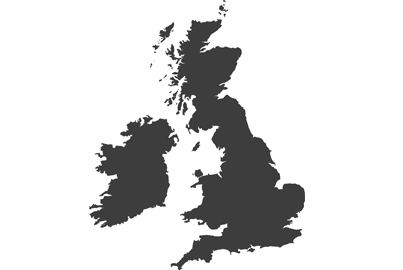
Imagine you’re a wildlife photographer and you’re offered the opportunity to travel to the country of your choice for a photo trip. The chance’s are that you wouldn’t put India at the top of your list. But after spending time in several countries around the globe, wildlife photographer Bence Máté did chose to go to India. He found it to be a unique country, not only because of the different cultures and bustling cities, but also because of the special relationship that Indian people have with animals. ‘I don’t know any country where they have that much respect for animals.’ He took his favourite gear with him to India: his LUMIX G9 with a LUMIX 100-400mm lens.
Usually Bence takes his time for his photography. He builds photography hides so he can get really close to the animals without them being aware of his presence. This is how he achieves such spectacular results, and manages to shoot images of unknown animal behaviour. However, when Panasonic asks him to go on a photo trip, things are different. ‘Then time is limited, so there’s more pressure to perform. As a wildlife photographer you know there’ll be days that you won’t return with usable footage. When I’m working for myself, I accept that, it’s not a problem. But when I’m working for Panasonic, I can’t return empty handed.’ To get the photos he wants, he spends a lot of time preparing for trips. ‘I try to find as much information as I can about the animals, their behaviour and their habitats. It’s really about being at the right place at the right time.’ In India, he photographed birds and monkeys. ‘The pelicans were the most special. I’ve photographed pelicans in different countries, but in India, I was able to document them drinking while flying. That is very typical behaviour, but I haven’t seen it anywhere else. For the pelicans, it’s crucial to be able to drink while flying. The water close to their nesting area is full of crocodiles. So if they land on the water to drink, there’s a big chance they’ll be eaten.’ Despite his thorough preparation, his plans already went awry on the second day. ‘Things weren’t going as they should. Luckily I had a great guide.
During the last three days things changed for the better, so I didn’t have to return empty handed.’ He was really struck by the way Indian people view at animals. ‘They see god in every creature. It doesn’t matter if it’s a rat or a bird. They have a special connection with animals. As a wildlife photographer, I also feel this connection, whereas most people on our planet don’t.’ After a busy year, Bence looked forward to travelling again. ‘Last year, I worked on an outdoor exhibition of 600 photos I made over the years. It started in Budapest and travelled to other Hungarian cities. It took a lot of time, so it wasn’t a very productive year, but over a million people came to look at the images.’ For this trip he took his favourite camera with him: the LUMIX G9. ‘This camera is great for wildlife photographers. I’ve been studying animal behaviour for 20 years now. Even with all my knowledge, I’m often just a few milliseconds too late to document their behaviour. It takes time to register what’s happening and then take the shot. The G9 is perfect for me, because of it’s prerecord function. It enables me to capture behaviour before I’m even aware its happening. Also, being able to shoot up to 60 images per second is really a pro. After all, I’m an action photographer.’ Especially on these short trips, it’s essential for him to be able to trust his gear. ‘This camera, combined with the LUMIX 100-400mm lens, is a great choice to travel with.’

Bence Máté
Bence Máté is one of the World's most well known wildlife photographer. He pioneered the one-way glass photography technique now popular among hide-based nature photographers around the world. In 2010, his image ‘Marvel of Ants’ won the prestigious BBC Wildlife Photographer of the Year grand title, making him the only contestant to date to win the grand title prizes in both the young and adult categories of the competition. He is the first participant who leeds all the ranking list if the BBC competition at the same time. Since 2008 he has been designing exclusive wildlife photography hides around the world.












